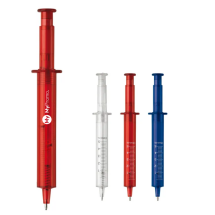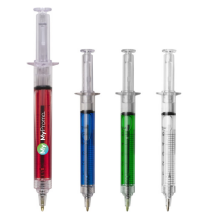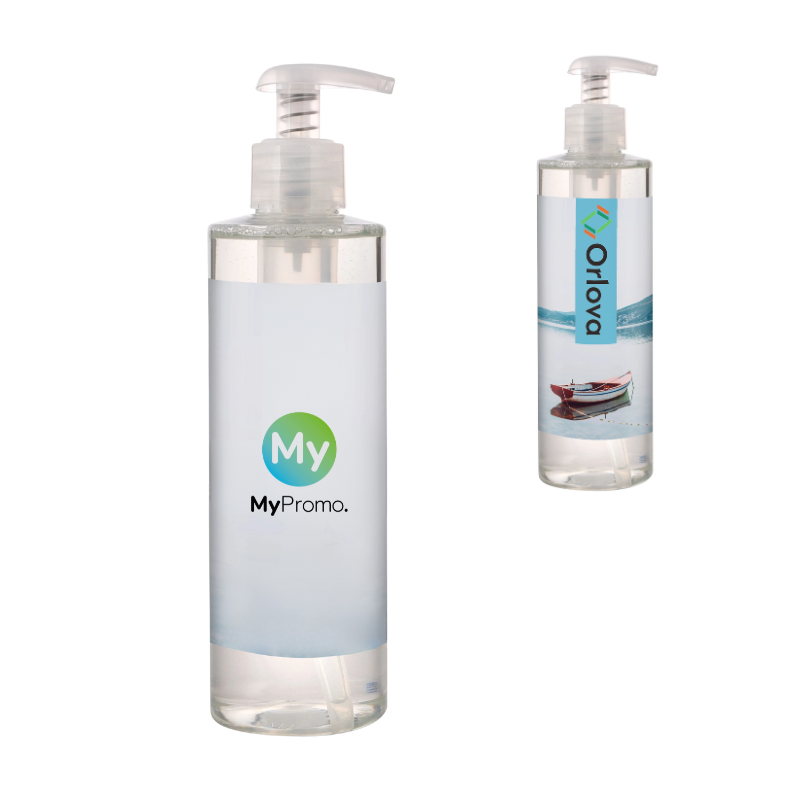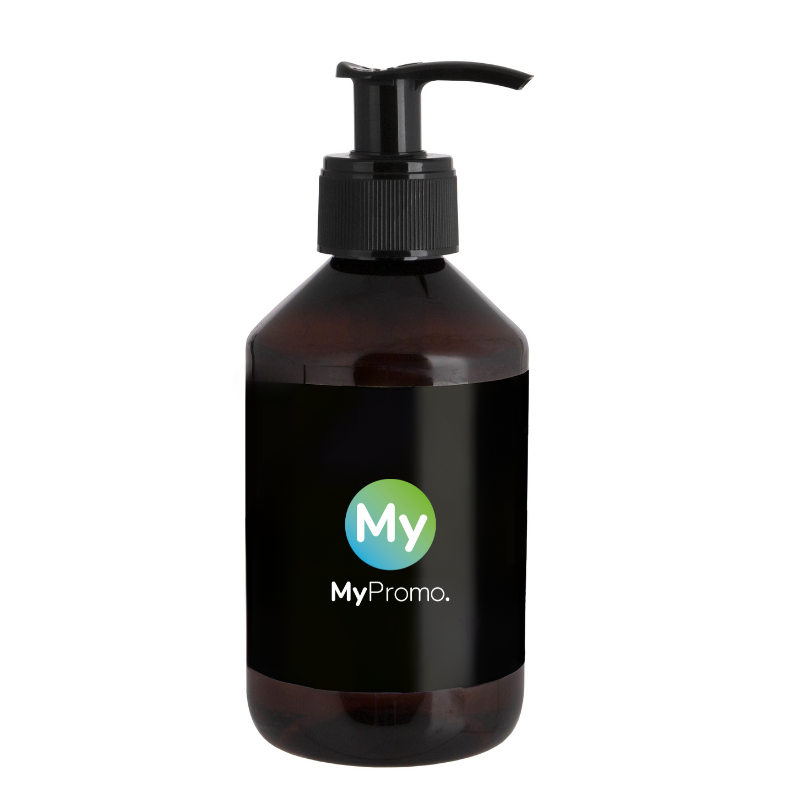Liquid
What is liquid?
Liquid is a versatile and essential material used in various manufacturing processes and promotional gifts. It is a substance that flows freely and takes the shape of its container. Liquids play a critical role in industries due to their unique properties, including their ability to mix, dissolve, and carry other substances. Their importance spans numerous applications, from creating high-quality products to adding a personalized touch to promotional items.
Common properties and characteristics of liquid
Liquids are characterized by their ability to flow and conform to the shape of their container while maintaining a constant volume. They have a definite volume but no fixed shape, allowing them to adapt to their surroundings. Liquids exhibit surface tension, which enables them to form droplets. Their viscosity, or resistance to flow, varies depending on the type of liquid. Additionally, liquids are incompressible and have varying degrees of solubility, making them suitable for dissolving other substances.
Applications and examples of liquid products
Liquids are integral to many industries, including manufacturing, pharmaceuticals, and cosmetics. In manufacturing, liquids are used as coolants, lubricants, and solvents, enhancing the efficiency and quality of production processes. In the realm of promotional gifts, liquids are used creatively to produce personalized items such as custom-printed hand sanitizers, branded liquid-filled pens, personalized soaps and novelty liquid motion toys. These products leverage the unique properties of liquids to create memorable and functional promotional items.
Advantages of using liquid in manufacturing
One of the primary advantages of using liquids in manufacturing is their versatility. Liquids can be easily transported and stored, making them convenient for various applications. Their ability to dissolve and carry other substances enhances the efficiency of manufacturing processes. Additionally, liquids can be precisely measured and mixed, ensuring consistency and quality in production. Their cooling and lubricating properties also help extend the lifespan of machinery and reduce maintenance costs.
Comparing liquid with other materials
When compared to solids and gases, liquids offer unique advantages. Unlike solids, liquids can flow and fill molds, making them ideal for casting and coating applications. They also have higher density and stability than gases, providing better control in manufacturing processes. While solids are typically more durable, liquids' ability to mix and dissolve substances makes them indispensable in chemical and industrial applications. However, liquids can be challenging to contain and transport, especially if they are volatile or hazardous.
Properties of Liquid:
| Property | Description |
|---|---|
| State | Fluid |
| Shape | Adapts to container |
| Volume | Definite |
| Viscosity | Variable |
| Surface Tension | Present, allows droplet formation |
| Solubility | Varies with different substances |
| Compressibility | Incompressible |
What are the main characteristics of a liquid?
Liquids have a definite volume but no fixed shape, are incompressible, exhibit fluidity, and have surface tension.
How are liquids used in the manufacturing industry?
Liquids are used for cooling, lubrication, as solvents in chemical reactions, and in various product formulations.
What are some common examples of liquids in promotional products?
Common examples include custom water bottles, personalized hand sanitizers, and branded perfumes.
How do liquids compare to solids and gases?
Liquids can flow and adapt to container shapes like gases, but unlike gases, they have a fixed volume and are incompressible, unlike solids which have a fixed shape.
What are the challenges of handling liquids?
Challenges include managing spills and evaporation, handling hazardous liquids safely, and dealing with highly viscous liquids that require special equipment.






